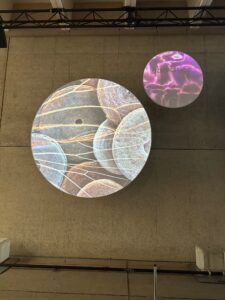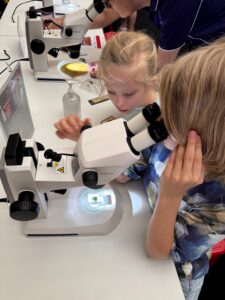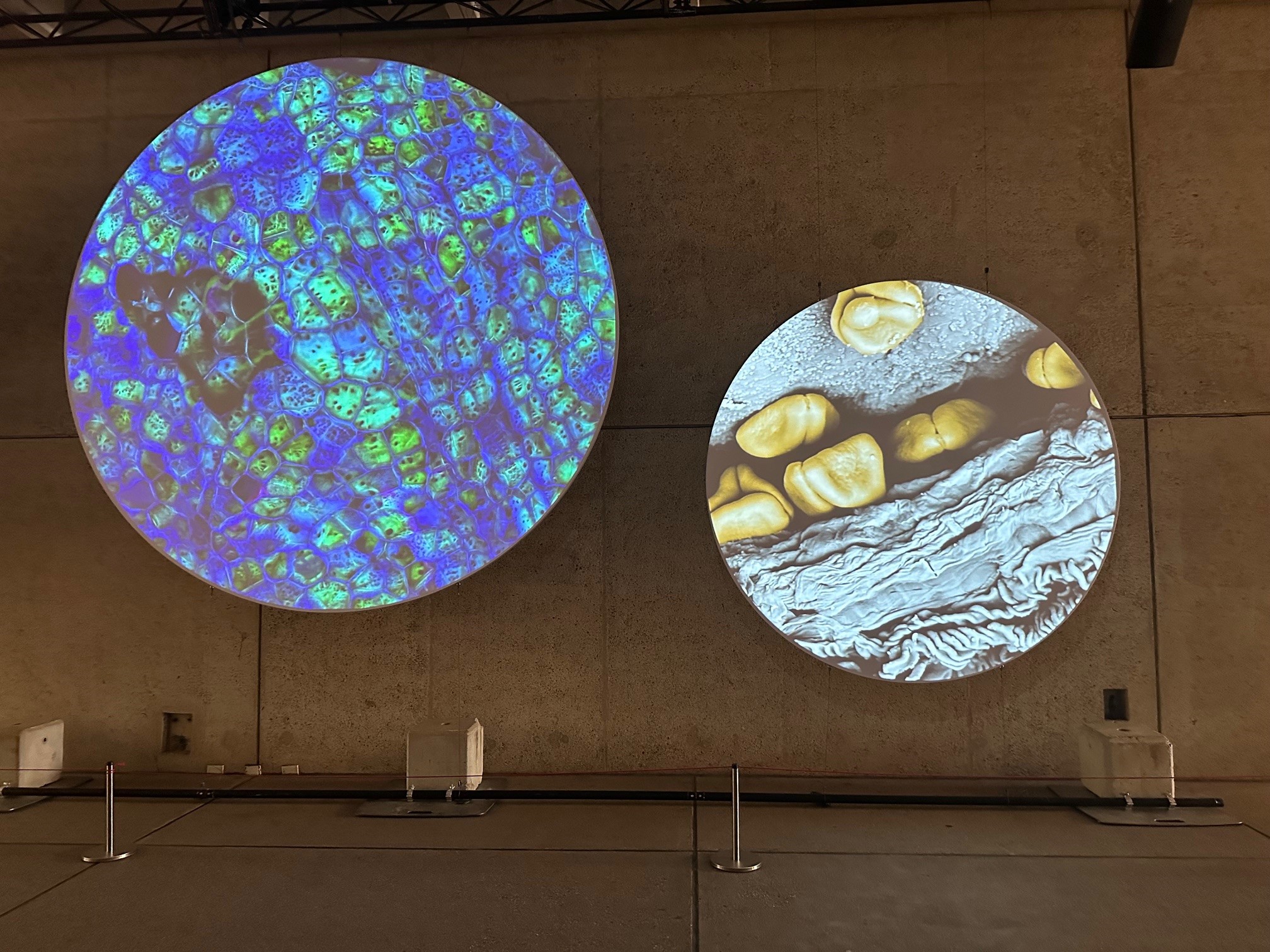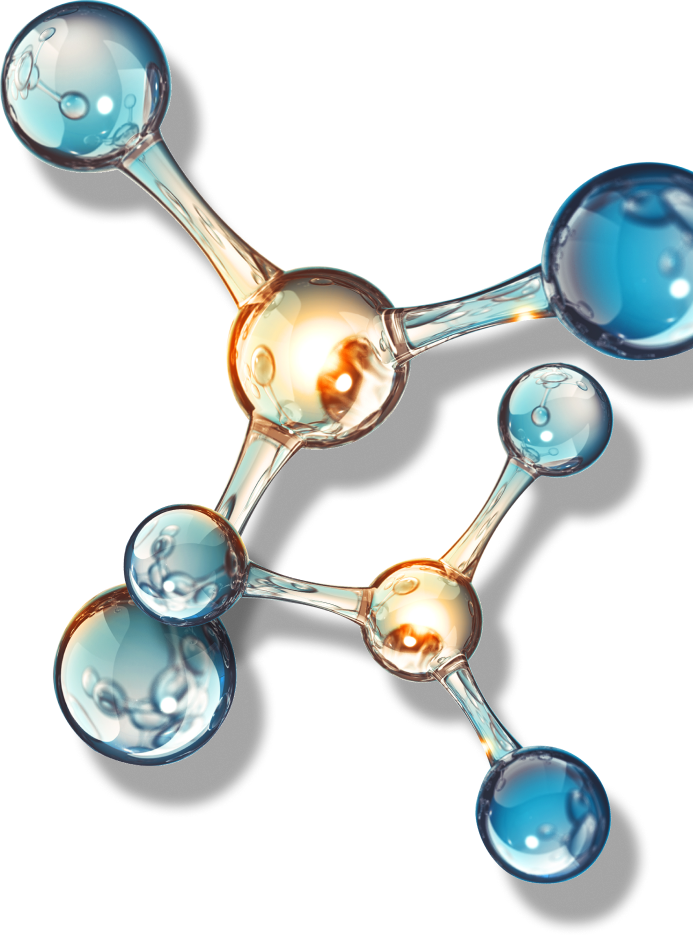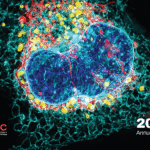The World Science Festival’s Unseen Worlds exhibition, was held in the Whale Mall at Queensland Museum over the weekend. The event captivated over 1000 visitors of all ages with its intricate displays and interactive experiences, showcasing a stunning array of microscopic wonders, from bugs and natural items to quantum chips. Visitors had the opportunity to explore these hidden micro-worlds through ten Zeiss microscopes, revealing microscopic mysteries that are usually invisible to the naked eye.
The exhibition featured a visual projection with images curated by some of Queensland’s leading scientific researchers and organisations, including QBiotics Group; donna davis – artist-in-residence, Queensland Herbarium and Biodiversity Science Unit; Geoff Thompson and Lily Kumpe, Queensland Museum; The University of Queensland’s Institute for Molecular Bioscience (IMB) and QUBIC; with soundscape design by Luke Lickfold. Attendees were thrilled by the detailed displays and the chance to engage with the science that shapes our world. The interactive microscopy activation allowed participants to dive deep into the microscopic universe, sparking curiosity and wonder among both young and old.
QUBIC would like to thank Chief Investigator Prof. Jennifer Stow, Associate Investigator Dr Nicholas Condon, and Dr Xichun Li, Hongyu Shen and Sylvia Tan from IMB for their expertise and dedication in collating images and samples, and for being at the event to share their passion for science with the public.
The Unseen Worlds exhibition not only highlighted the beauty and complexity of the microscopic world but also underscored the importance of scientific research and innovation.
